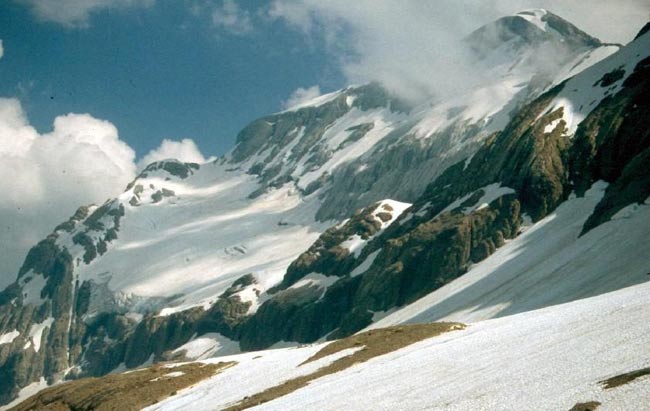Pyrenees Glaciers Disappearing

The crisp, white glaciers of the Pyrenees, the mountain range along the border between France and Spain, have substantially receded in the past 15 years and could disappear by 2050 due to global warming, a new study suggests. The retreat of glaciers in Greenland and areas like Glacier National Park have been well-documented, but less well-studied are the situations of alpine glaciers around the world. Researchers at the University of Cantabria, the Autonomous University of Madrid and the University of Valladolid compiled data from current and historic studies of the glaciers in the high mountain regions of the Iberian Peninsula to gauge how climate change has affected these icy behemoths. "High mountains are particularly sensitive areas to climate and environmental changes, and how glaciers evolve there in response to climate change is one of the most effective indicators of current global warming," said study leader Juan José González Trueba. González Trueba and his colleagues found that the steady increase in temperature — a total of 1.6 degrees Fahrenheit (0.9 degrees Celsius) since 1890 — in Spain's northern mountains indicated that the Pyrenean glaciers would disappear before 2050. There are only 21 glaciers in the Pyrenees (10 on the Spanish side and 11 on the French side) covering an area of 1.7 miles squared (4.5 kilometers squared), the researchers found. Calculations show that rapid melting over the past 15 years has caused the total regression of the smallest glaciers and a reduction of 50 to 60 percent of the surface area of the largest glaciers. The study's findings are detailed in a recent issue of the journal The Holocene.
- Video: Learn How Ice Melts
- Glaciers Disappear in Before & After Photos
- North vs. South Poles: 10 Wild Differences
Sign up for the Live Science daily newsletter now
Get the world’s most fascinating discoveries delivered straight to your inbox.

Andrea Thompson is an associate editor at Scientific American, where she covers sustainability, energy and the environment. Prior to that, she was a senior writer covering climate science at Climate Central and a reporter and editor at Live Science, where she primarily covered Earth science and the environment. She holds a graduate degree in science health and environmental reporting from New York University, as well as a bachelor of science and and masters of science in atmospheric chemistry from the Georgia Institute of Technology.










